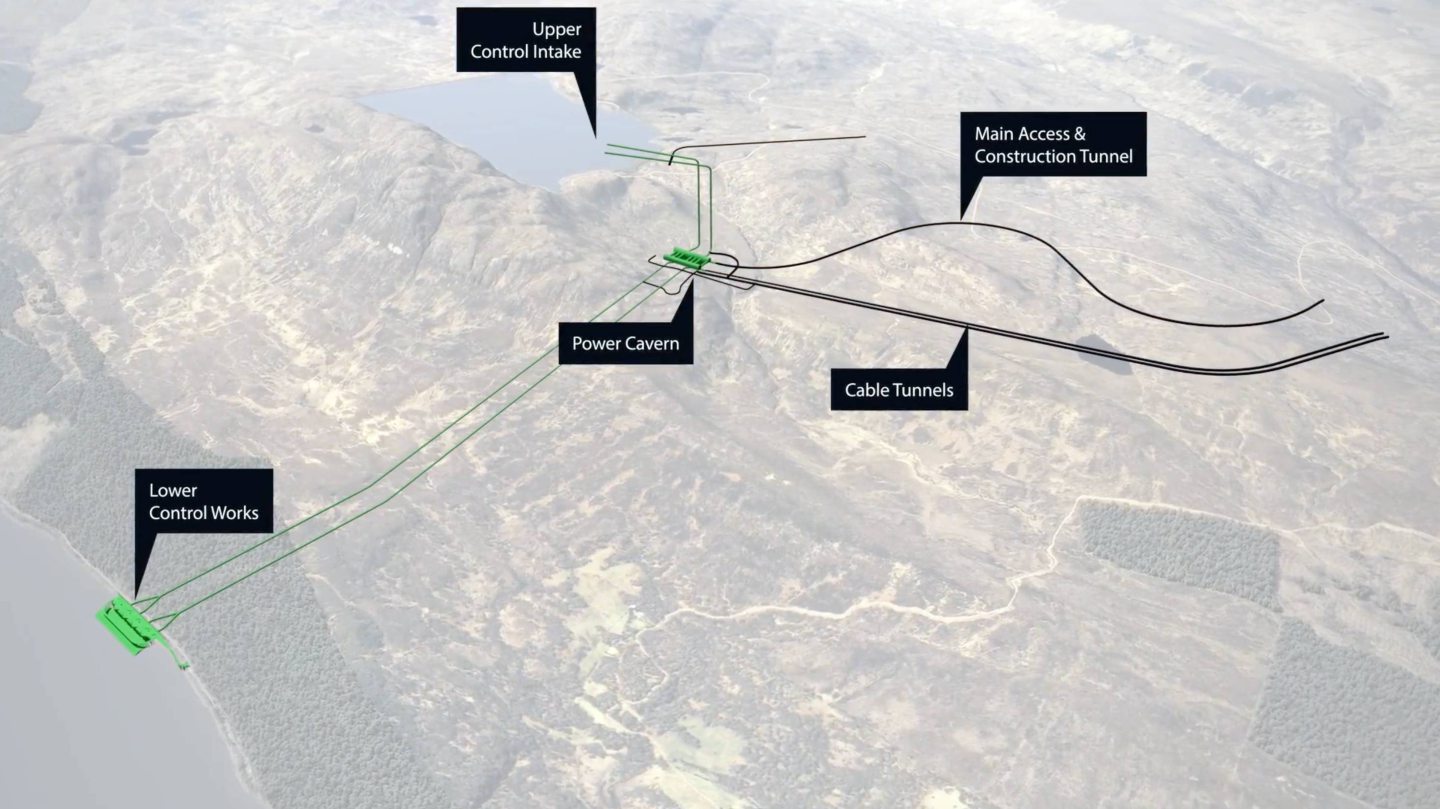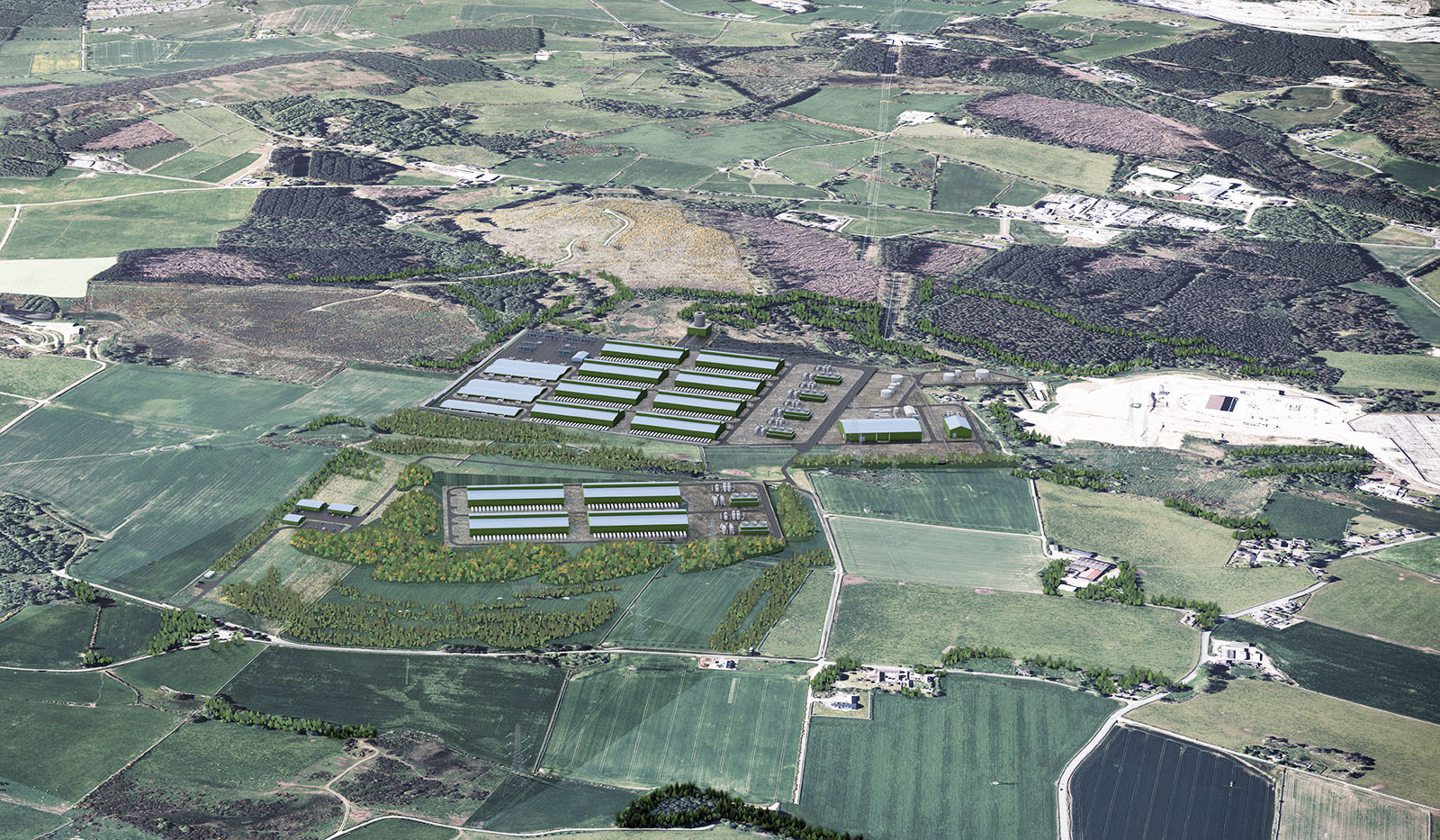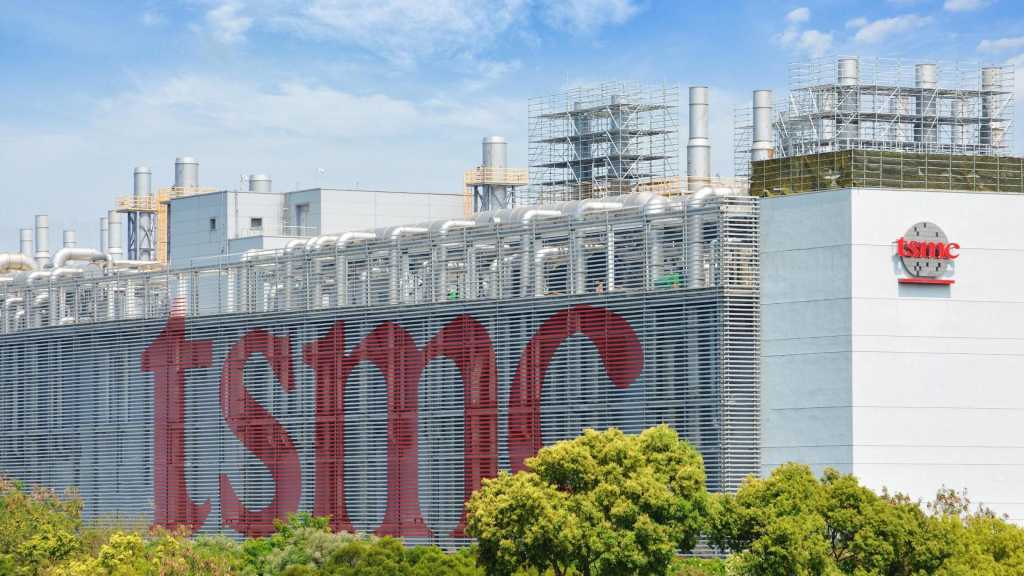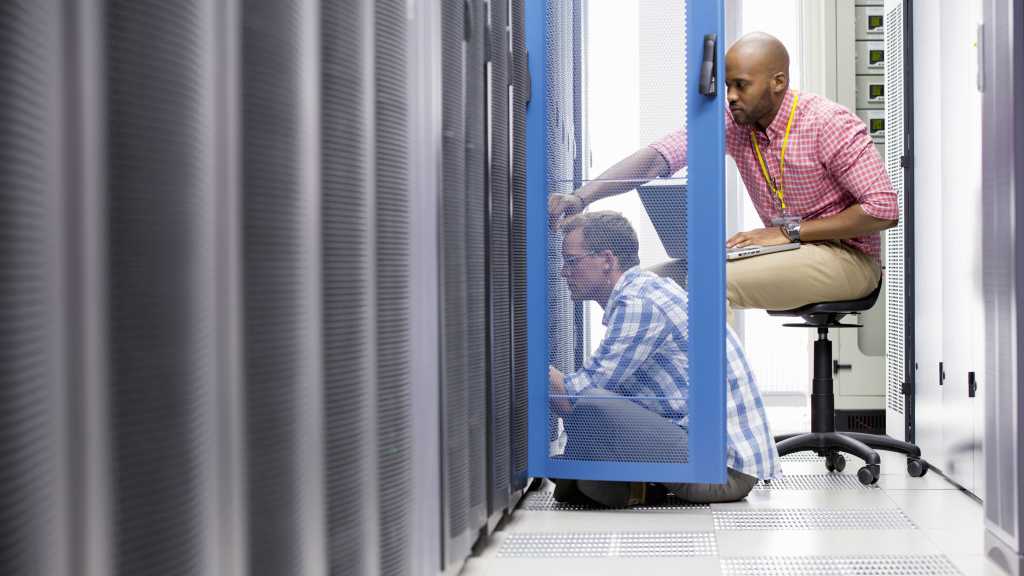Lip-Bu Tan, the new CEO of Intel, sent out a blunt message to employees saying the company has to reorganize to be more efficient. He said there would be a reduction in employees but he did not announce an exact number of layoffs as expected.
Bloomberg reported that Intel is rumored to be preparing to lay off as many as 20% of its workers, which at the end of 2024 was about 108,900 people. A 20% cut would amount to roughly 21,780 jobs lost. And while the changes Tan announced today could result in considerable job cuts that would start in the second quarter, he did not spell out expected numbers.
Tan’s letter to employees coincided with the release of Q1 2025 quarterly numbers. For the earnings, Tan said, “It was a step in the right direction as we delivered revenue, gross margin and EPS (earnings per share) above our guidance, driven by [former interim co-CEOs Dave Zinsner and Michelle Johnston’s] leadership. I want to thank them both, and all of you, for the good execution.”
But he quickly warned, “We need to build on this progress — and it won’t be easy. We are navigating an increasingly volatile and uncertain macroeconomic environment, which is reflected in our Q2 outlook. On top of that, there are many areas where we must improve. We need to confront our challenges head-on and take swift actions to get back on track.”
“There is no way around the fact that these critical changes will reduce the size of our workforce. As I said when I joined, we need to make some very hard decisions to put our company on a solid footing for the future. This will begin in Q2 and we will move as quickly as possible over the next several months.”
In his letter, Tan said Intel had not set any headcount reduction target.
“What we have set is a new non-GAAP operating expense target to approximately $17 billion in 2025, down from our previously stated goal of $17.5 billion, and $16 billion in 2026,” he said. “There is no way around the fact that these critical changes will reduce the size of our workforce. As I said when I joined, we need to make some very hard decisions to put our company on a solid footing for the future. This will begin in Q2 and we will move as quickly as possible over the next several months.”
Tan’s view of Intel’s culture
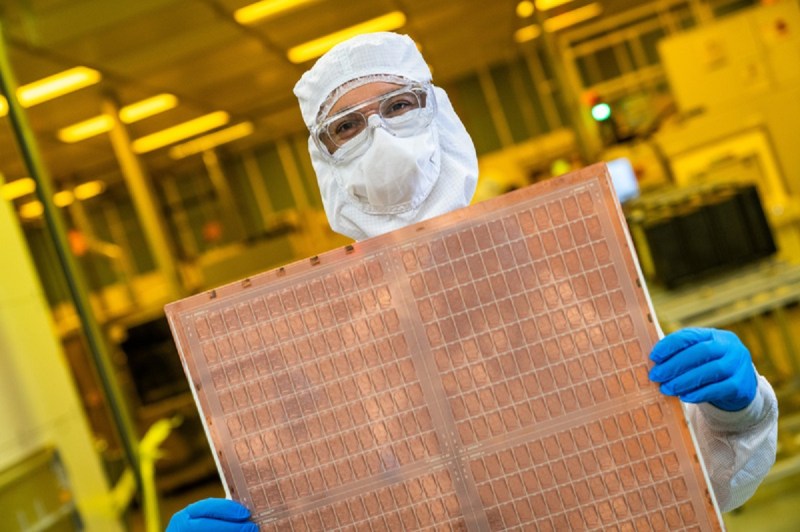
Tan inherited a tough situation as Intel has been losing in the AI/graphics market to Nvidia and in the x86 processor market to Advanced Micro Devices. He didn’t mince words about criticizing Intel’s culture as a big company.
“As I have said, this starts by revamping our culture. The feedback I have received from our customers and many of you has been consistent. We are seen as too slow, too complex and too set in our ways — and we need to change,” he wrote.
He said that the “flatter Executive Team (ET) structure that I shared last week was a first step.” The next step is to drive greater simplicity, speed and collaboration across the entire company, he said. And so he has changes coming. Among them: remaking the company’s AI strategy, Tan said in an analyst call. He also said Intel’s financial performance is not where it needs to be and that Intel would reduce its capital spending.
He also said Intel would not spin off Intel Capital and invest in external companies. Intel is selling 51% of its Altera programmable logic division to Silver Lake Partners. Altera has a value of $9 billion, and so that deal will generate considerable cash for Intel.
“We need to get back to our roots and empower our engineers. That’s why I elevated our core engineering functions to the ET. And many of the changes we will be driving are designed to make engineers more productive by removing burdensome workflows and processes that slow down the pace of innovation,” Tan said.
To make necessary investments in engineering talent and technology roadmaps, Intel needs to find new ways to reduce costs, he said.
“While we have taken significant actions in the last year, our current cost structure is still well above competitive benchmarks. With that in mind, we have reduced our operating expense and capital spending targets going forward, which I will discuss during our investor call this afternoon,” he said.
“As we refocus on engineering, we will also remove organizational complexity. Many teams are eight or more layers deep, which creates unnecessary bureaucracy that slows us down. I have asked the ET to take a fresh look at their respective orgs, with a focus on removing layers, increasing spans of control and empowering top performers. Our competitors are lean, fast and agile — and that’s what we must become to improve our execution,” he said.
As a longtime chip engineer, it’s no surprise that Tan is focused on empowering engineers to do more. He wrote, “I’ve been surprised to learn that, in recent years, the most important KPI for many managers at Intel has been the size of their teams. Going forward, this will not be the case. I’m a big believer in the philosophy that the best leaders get the most done with the fewest people. We will embrace this mindset across the company, which will include empowering our top talent to make decisions and take greater ownership of key priorities.”
He said the company would empower smaller teams to move faster and make better decisions and reduce the number of layers in the way. He said Intel would balance reductions against the need to retain and recruit key talent. He said he would keep the team informed.
Streamlining processes

Tan said it has been eye-opening for him to see how much time and energy is spent on internal administrative work that does not move the business forward.
“We need to radically simplify this to maximize the time spent focusing on our customers,” he said.
“I am instructing our leaders to eliminate unnecessary meetings and significantly reduce the number of meeting attendees. Too much valuable time is being wasted. We will also modernize processes with a focus on live dashboards and better data to ensure we have the real-time insights we need to make better and faster decisions,” he wrote.
One of the things he is making optional is Intel’s traditions of formal Insights and OKR requirements. He thinks staying accountable and absorbing feedback can be done in a simpler and more flexible way.
He said the company will return to work at the office four days a week, instead of the current required three days a week on site. The four-day-in-office plan goes into effect on September 1, 2025.
He said, “I realize this is a lot to take in, but we are playing from behind and we need to rally as a team to put ourselves in the best possible position to win.”
It’s pretty tough medicine, and not unlike the tough policies that Intel’s former longtime CEO, Andy Grove, would do.
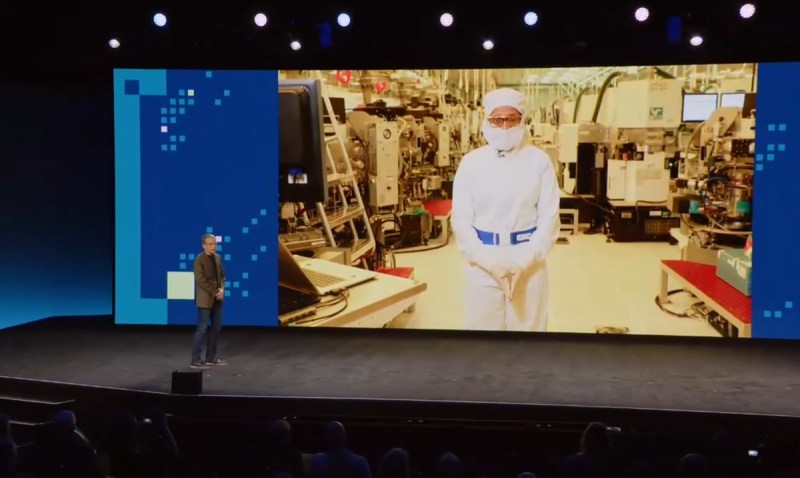
I’m talking about the opportunity to fundamentally reinvent an industry icon. To pull off a comeback that will be studied in business schools for generations to come. To create new technologies and deploy them at scale to change the world for the better.
“Intel was once widely seen as the world’s most innovative company. There’s no reason we can’t get back there, so long as we drive the changes needed to improve,” Tan wrote. “It’s going to be hard. It will require painful decisions. But we will make them knowing it’s what we must do to serve our customers better as we build a new Intel for the future – and I have great confidence in the power of our team and our people to make it happen.”
In closing, he thanked employees “for everything you did in Q1.” In an analyst call, he noted he joined five weeks ago. He replaced the interim bosses as well as former CEO Pat Gelsinger, who resigned in December 2024.
Tan said his motto was to under promise and over deliver, and he would not rest until Intel regained the trust of its customers. Intel said that tariffs would certainly affect its business, partly because of the caution it would generate among customers.





